Edwardian to Art Deco: How the Great War Changed Jewelry Forever
I've always found it fascinating how world events can completely reshape something as personal as jewelry. Think about the pieces you wear every day: would they have been possible, or even desirable, a century ago? The Great War (what we now call World War I) created one of the most dramatic transformations in jewelry history, marking the end of the romantic Edwardian era and ushering in the bold, geometric Art Deco movement.
When I look at Edwardian jewelry from 1914 and compare it to pieces from 1920, it's almost hard to believe they came from the same industry. The change wasn't gradual: it was revolutionary.
When Everything Changed Overnight
Picture this: it's 1914, and the jewelry world is still enchanted by Edward VII's legacy of delicate platinum filigree, romantic motifs, and ethereal designs. Then war breaks out, and suddenly everything that defined luxury jewelry becomes either impossible or inappropriate.
The Great War didn't just change jewelry: it heralded a revolt against the lavishness of the Edwardian and Belle-Époque eras. Austerity measures stripped the nobility of their opulence, and the very foundations of European society crumbled. What use were delicate garland necklaces when women were working in munitions factories?
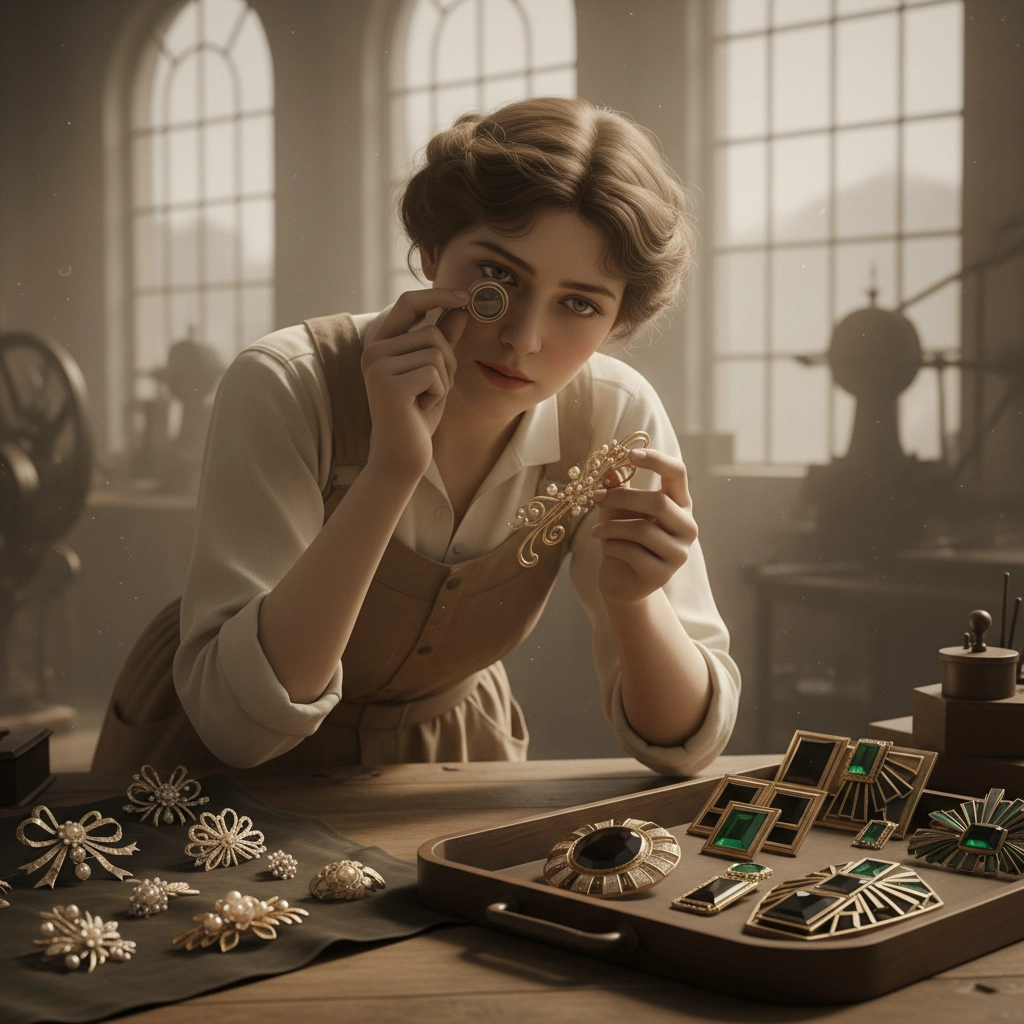
Women stepped into industrial roles left vacant by men on the front, emancipating them from domesticity. This wasn't just a temporary wartime adjustment: it was a permanent shift that demanded new types of jewelry. The ornate, fragile pieces that had symbolized feminine leisure suddenly seemed not just impractical, but almost insulting to women's expanding capabilities.
I often wonder what it must have been like for jewelry designers in 1918, looking at their pre-war sketches of delicate bow brooches and romantic pendants, knowing that the world had fundamentally changed.
The Platinum Crisis That Sparked Innovation
Here's something that might surprise you: one of the biggest drivers of jewelry's transformation wasn't aesthetic preference: it was material necessity. Precious metals became hard to find, especially platinum, which was needed to manufacture armaments.
Platinum had been the star of Edwardian jewelry, enabling those impossibly delicate settings and intricate openwork designs. But the war effort demanded every ounce for military use. Jewelers had to get creative, fast.
Enter David Belais, a New York jeweler who introduced white gold in 1917 as a direct response to platinum shortages. This wasn't just a substitution: it was a material that would define the next era of jewelry. White gold allowed for different techniques and aesthetics, contributing to the shift toward bolder, more substantial designs.
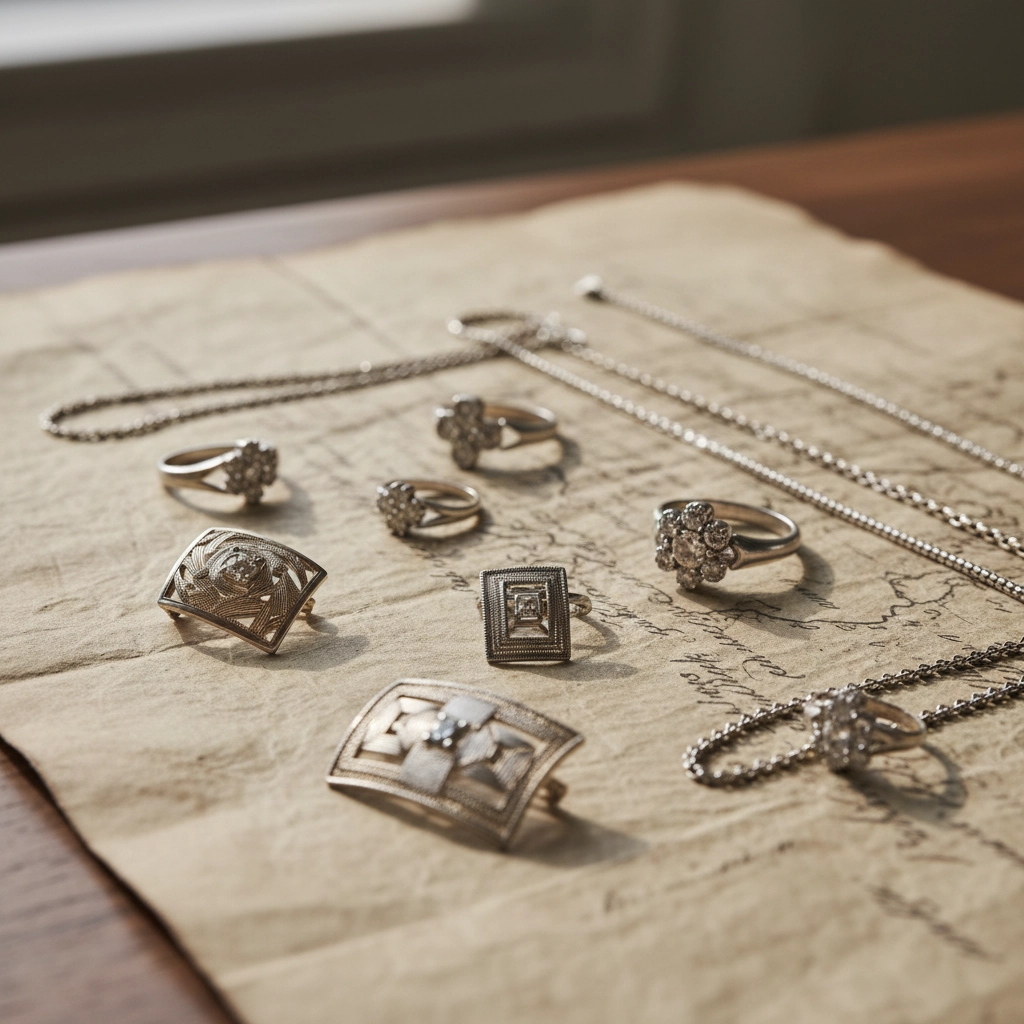
The war also introduced new materials that would become Art Deco signatures. Camphor glass, treated with acid to create a frosted finish, paired beautifully with filigree work and diamond accents to create striking contrasts. Chromium plating emerged as a tarnish-resistant alternative to expensive metals, proving that innovation born from necessity could be just as beautiful as traditional luxury.
Technical Revolution: New Tools, New Possibilities
The period surrounding the Great War witnessed crucial technical breakthroughs that made Art Deco's distinctive look possible. **New stone-cutting techniques emerged after the war, with the diamond saw's invention around 1910 and Marcel Tolkowsky's 1919 publication "Diamond Design".
Tolkowsky's work was revolutionary: he used mathematical calculations to determine the ideal proportions for diamond cutting, maximizing brilliance and fire. This scientific approach to gem cutting perfectly aligned with the machine age aesthetic that was emerging.
These technical advances became the basis for the dramatic change from Edwardian's delicate designs to Art Deco's bold geometric patterns. Suddenly, jewelers could create sharp, precise lines and striking contrasts that would have been impossible with earlier techniques.
The Psychology of Post-War Design
What really fascinates me about this transition is how it reflected deeper psychological needs. Art Deco's emphasis on structure and geometry satisfied society's need for order in the wake of chaos. After years of unprecedented destruction and uncertainty, people craved clean lines, contrast, and color.
Compare this to Edwardian jewelry's flowing, organic forms inspired by nature. Pre-war society had the luxury of romanticizing the natural world. Post-war society needed to believe in human capability, progress, and control: themes perfectly captured in Art Deco's machine-inspired aesthetic.
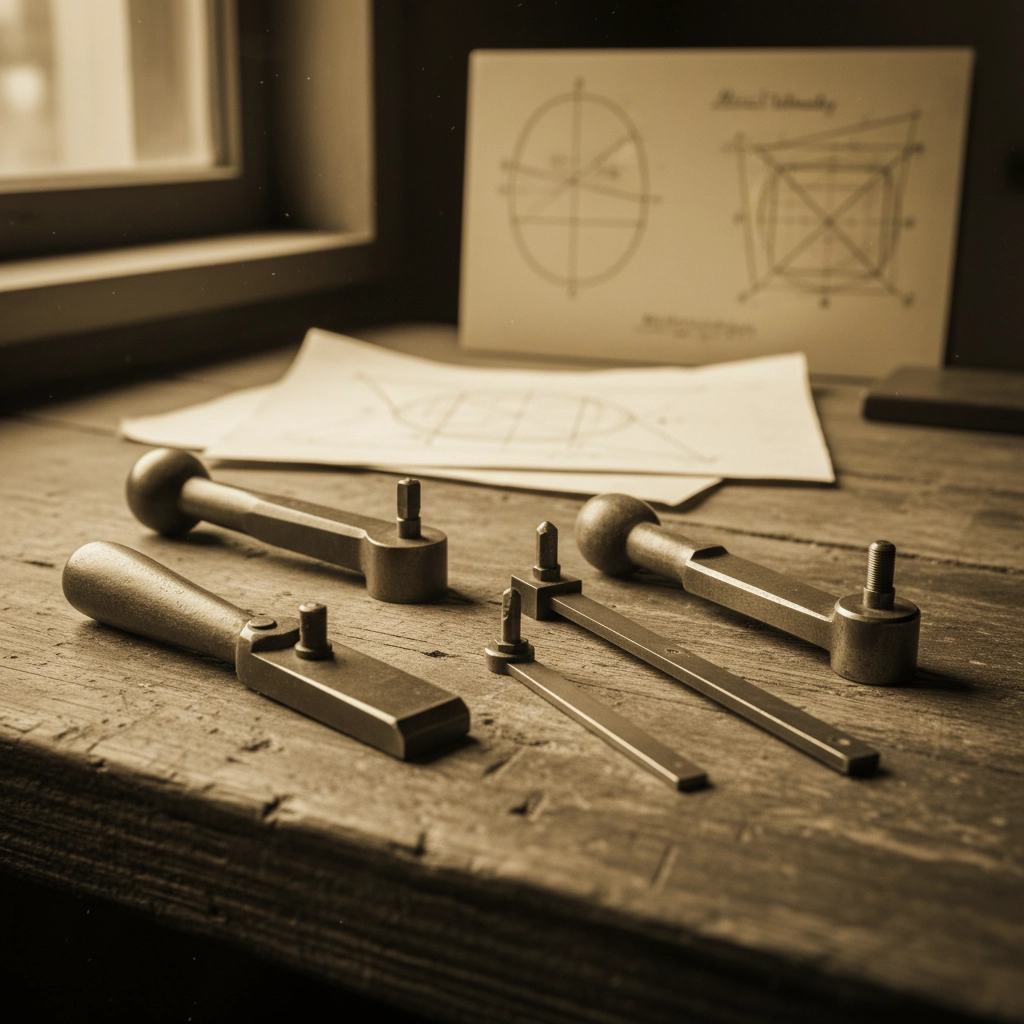
The change wasn't just about what jewelry looked like: it was about what it represented. Edwardian pieces whispered of leisure and refinement. Art Deco pieces declared confidence, independence, and modernity.
Material Shortages Sparked Creative Freedom
One of the most significant long-term impacts of the war was how it changed attitudes toward materials and value. Before 1914, jewelry's worth was primarily determined by the intrinsic value of its components: the larger the diamond, the more platinum used, the more valuable the piece.
The war sparked remarkable creativity and innovation, forcing jewelers to create beauty from limited resources. This established new aesthetic values that prioritized design over intrinsic material worth: a fundamental shift that challenged centuries of tradition.
This democratizing influence didn't disappear when precious materials became available again. Instead, it became part of Art Deco's philosophy: that innovative design and skilled craftsmanship could create beauty regardless of material costs.
Comparing the Two Eras: A Study in Contrasts
Let me paint you a picture of just how dramatic this transformation was:
Edwardian jewelry (pre-1914) celebrated subtlety. Think platinum settings so delicate they seemed to float, diamonds cut to maximize gentle sparkle rather than dramatic brilliance, and motifs drawn from romantic themes: bows, flowers, and classical elements. The overall effect was ethereal, feminine in the traditional sense, and designed to complement rather than command attention.
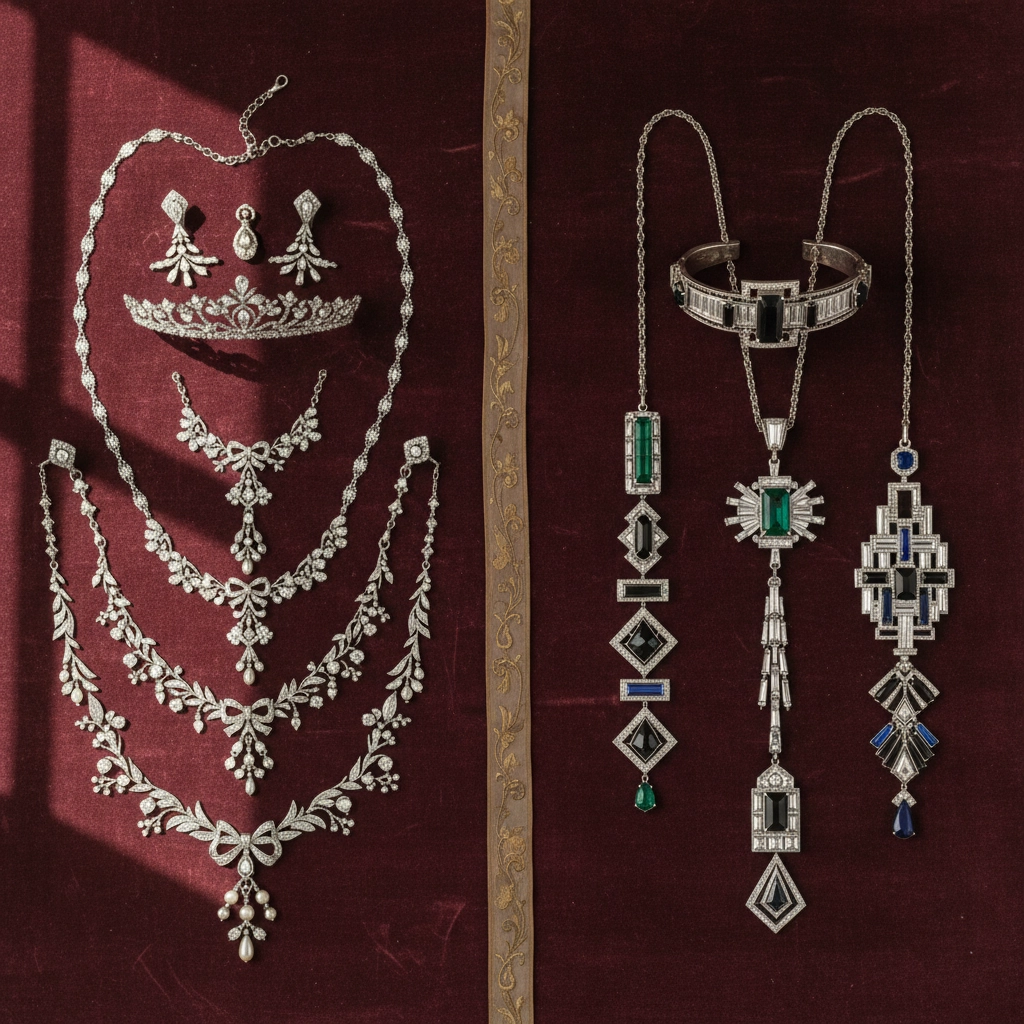
Art Deco jewelry (post-1918) made bold statements. Geometric patterns replaced organic curves, contrasting materials created striking visual impact, and the overall aesthetic was architectural rather than natural. Colors became more important: not just the traditional white of diamonds and platinum, but emerald greens, sapphire blues, and coral reds arranged in dramatic compositions.
The change in women's jewelry boxes reflected their changing lives. Out went the delicate pendant necklaces perfect for afternoon tea; in came substantial brooches suitable for tailored suits and office wear.
The Lasting Legacy
What strikes me most about this transformation is how permanent it proved to be. These weren't temporary wartime adaptations that disappeared when normal life resumed. The lessons learned during those difficult years weren't forgotten but incorporated into post-war jewelry design, creating a foundation for the modern understanding of jewelry as an art form where creativity and craftsmanship could be valued independently from the cost of raw materials¹.
Art Deco embodied new democratizing influences and aesthetic ideals, establishing principles that continue to influence jewelry design today. The idea that bold, innovative design could be more valuable than expensive materials became part of how we think about jewelry.
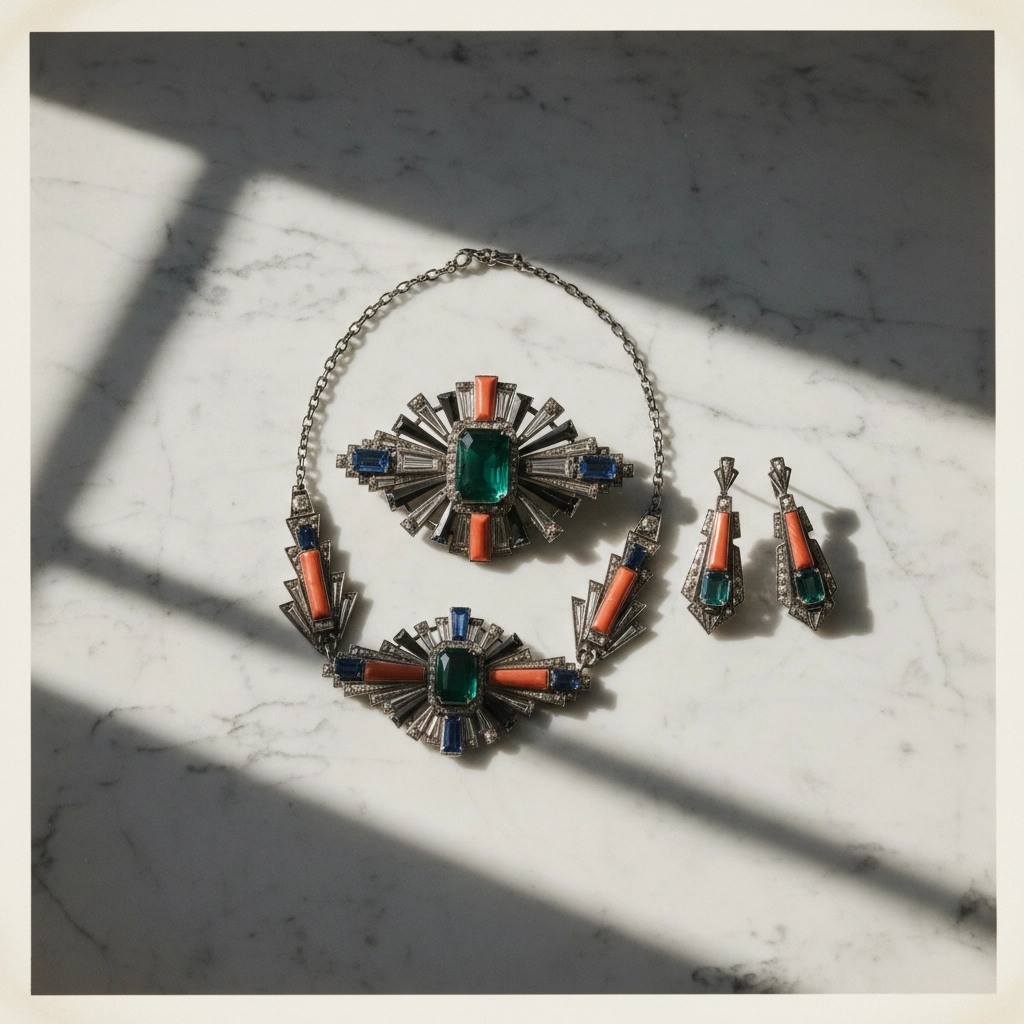
The Great War's impact on jewelry design illustrates how global conflicts can accelerate cultural change in unexpected ways. By forcing the industry to abandon traditional approaches and embrace innovation, the war created conditions for one of the most distinctive design movements in history.
When you look at your jewelry today: especially pieces with clean lines, geometric patterns, or innovative materials: you're seeing the lasting influence of that transformative period. The path from Edwardian romance to Art Deco modernism wasn't just a change in fashion; it was a fundamental shift in how society understood the relationship between beauty, utility, and meaning in personal adornment.
The Great War ended in 1918, but its impact on how we think about and create jewelry continues today. Every time a designer chooses innovation over tradition, or prioritizes creative vision over material cost, they're following a path first carved during those tumultuous years when the world: and jewelry: changed forever.
On Monday we continue our series of jewelry Eras with the Art Deco Era.
Cheers,
Peter